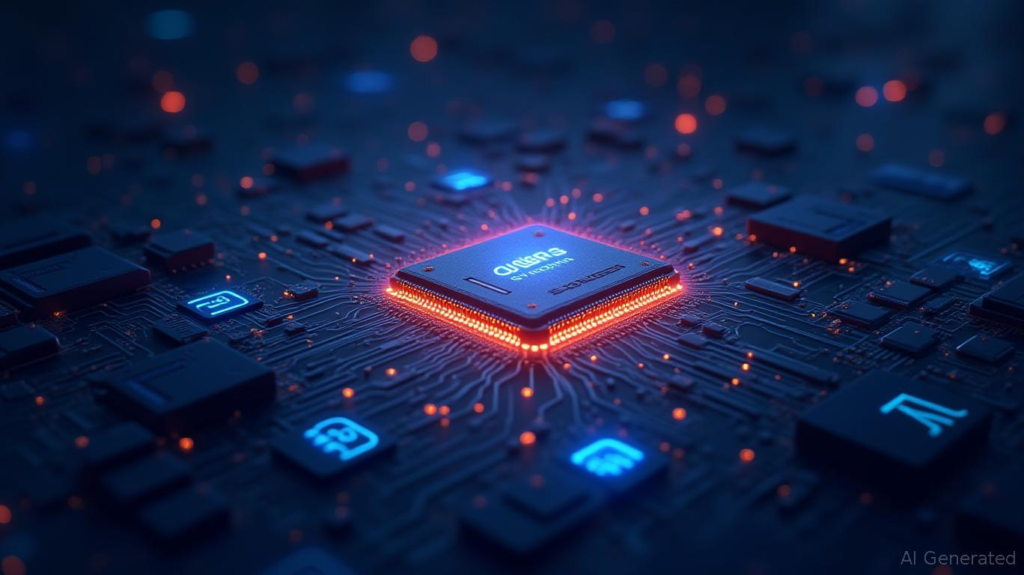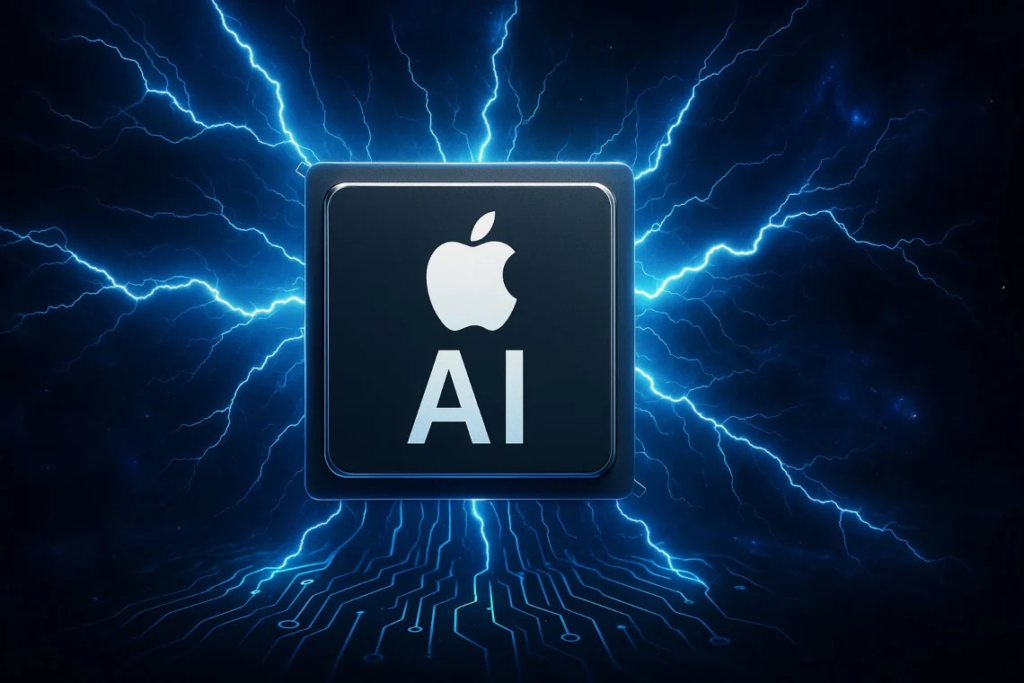Apple is making big moves in the world of chip development by exploring AI-driven chip design powered by Electronic Design Automation (EDA) tools. As chip demand grows and design complexity increases, Apple is turning to artificial intelligence (AI) to enhance productivity, cut down time-to-market, and improve overall performance.
EDA tools, which are critical software platforms used by chip designers, are now being paired with AI technologies to optimize every stage of the chip design process. Apple’s strategy is to integrate machine learning into the EDA workflow to make chip creation faster, smarter, and more efficient.
This shift shows Apple’s continued commitment to vertical integration — controlling not just the software and hardware of its devices, but the very silicon at the core of its ecosystem.
What Are EDA Tools and Why Is AI Involved?
Electronic Design Automation (EDA) is a collection of software used by engineers to design, verify, and test integrated circuits (ICs) and systems-on-chips (SoCs). These tools help manage billions of transistors inside today’s advanced chips.

Traditionally, EDA relied heavily on human input and time-consuming simulations. But now, Apple is reportedly embedding AI models into EDA platforms to automate routine tasks, predict errors earlier, and recommend optimal layouts.
This means engineers can focus more on innovation rather than manual debugging or repeated testing. In short, AI is helping reduce the number of steps required to take a chip from concept to production.
Apple’s Long-Term Vision for Custom Silicon
Since launching its M1 chip in 2020, Apple has been a leading player in custom silicon. Its transition away from Intel to in-house processors marked a turning point for the tech giant.
By embedding AI into chip design, Apple could:
- Deliver faster and more power-efficient processors
- Reduce chip development time
- Cut down on manufacturing costs
- Improve the performance of AI-based applications across its devices
This new approach could also help Apple stay ahead in the competitive race against chipmakers like NVIDIA and Qualcomm, who are also exploring AI-enhanced chip design.
How AI Boosts Productivity in Chip Design
AI can analyze massive data sets from previous chip designs, power consumption patterns, and performance logs to predict the most efficient design paths. It can also learn from failed layouts and recommend alternatives instantly.
Here’s how Apple could use AI in its EDA workflows:
- Layout optimization: AI suggests the best chip layout with minimal power loss
- Power analysis: Predicts how energy-efficient a chip will be in real-time
- Error detection: Identifies bugs during the early design stages
- Performance simulation: Forecasts how a chip will perform under real-world conditions
This not only speeds up the design process but also reduces the cost of failure and redesign — a key productivity booster.
Partnerships and AI Talent Investments
While Apple tends to keep its R&D details secret, industry analysts believe the company is likely working with top EDA vendors such as Synopsys and Cadence, both of which have recently rolled out AI-powered EDA platforms.
Apple has also been heavily hiring AI engineers and machine learning specialists, signaling its intention to internalize most of its future chip design efforts.
As per reports from EE Times, the industry-wide trend of AI in EDA is gaining ground fast, and Apple is among the major tech companies leading the change.
The Bigger Picture: Industry Impact
Apple’s use of AI in chip design could redefine the semiconductor industry. As EDA tools become more intelligent, even mid-sized companies could design advanced chips without the need for massive engineering teams.
This democratization of chip design may give rise to more innovation, competition, and device-level customization in the years ahead.

According to Semiconductor Engineering, AI-enhanced chip design could lower the barrier to entry for hardware startups and open up possibilities for personalized silicon in areas like wearables, automotive tech, and AI computing.
Risks and Challenges Ahead
Despite the excitement, AI-led chip design is not without its challenges:
- Data security: AI models require massive design data, raising IP protection issues
- Model bias: Poorly trained AI can produce faulty or biased layouts
- Validation bottlenecks: AI suggestions still need thorough testing
- Tool integration: Aligning AI with existing EDA workflows can be complex
Still, Apple’s reputation for tight ecosystem control and R&D prowess gives it a clear edge in navigating these challenges.
Final Thoughts
As Apple invests deeper into AI and EDA synergy, it sets the stage for the next generation of ultra-efficient, high-performance chips. This could revolutionize everything from iPhones to Macs and create ripple effects across the entire tech and semiconductor landscape.
For readers, this means faster devices, longer battery life, and more capable AI features — all thanks to innovations happening behind the scenes in Apple’s chip labs.
Also Read – AI-Ready Servers and Custom Silicon to Dominate 2025 Market






